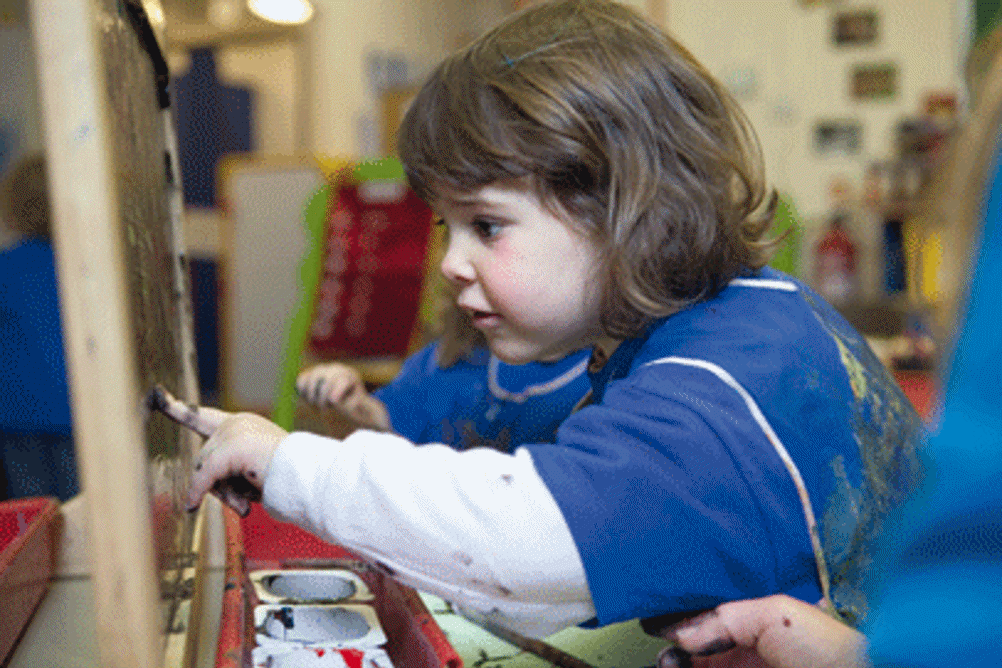
Over the eight parts of this series, we will be exploring creativity in the early years through a series of articles. Each article will explore a different aspect - drawing, painting, printmaking, collage, textiles and 3D (three dimensional) - and how these support and enable individual creativity.
Emphasis will be placed on the importance of the creative process, not the end product, and throughout there will be clear links to the role of the adult, enabling environments, equipment and resources, and the six areas of learning and development.
Although the focus of this series has a particular emphasis on art in the early years, creativity can also be expressed through music, dance, drama and imaginative play, so we will also explore these throughout the series.
Register now to continue reading
Thank you for visiting Nursery World and making use of our archive of more than 35,000 expert features, subject guides, case studies and policy updates. Why not register today and enjoy the following great benefits:
What's included
-
Free access to 4 subscriber-only articles per month
-
Unlimited access to news and opinion
-
Email newsletter providing activity ideas, best practice and breaking news
Already have an account? Sign in here
